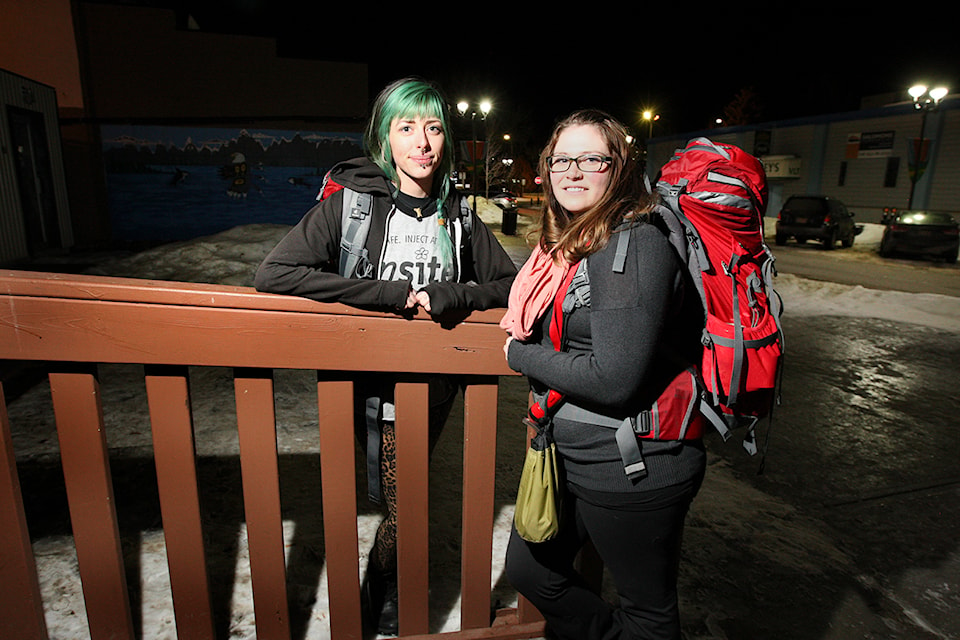The worst crisis since the AIDS epidemic is hitting Red Deer drug users and the outreach workers trying to help them.
So many people are dying of overdoses that workers with Turning Point’s NightReach team are having mandatory daily debriefing sessions to help them deal with the new emotional strains of the job.
“We haven’t dealt with this much death since we managed HIV in the early ’90s,” said Jennifer Vanderschaeghe, executive-director of Turning Point. The non-profit provides prevention information and support for those with sexually transmitted and blood-borne infections in the Alberta Health Service Central Zone.
See also:
Outreach workers with NightReach know of about 16 people who have died over the past year, compared to a handful of overdose deaths in 2015.
The problem is fentanyl. The concentrated opiate is so dangerous that one dose the size of a grain of salt can provide an intense high and two grains can kill a person.
Most drug users want to stay away from it, if they can. “I would say most of them they are scared of it,” said Aisley Miles, one of the outreach workers who distributes harm reduction supplies.
“They don’t want to die,” added Jayde Fahrensehschon, also an outreach worker with NightReach.
Yet, local drug users can’t keep away from fentanyl, since the substance is being used to lace the drugs they are addicted to, including heroin and Oxycontin.
Fentanyl is attractive to drug suppliers because it’s cheap, can be easily imported, and provides a much more intense high than heroin or other drugs. The synthetic opioid is 50 to 100 times stronger than morphine.
But the result of all the fentanyl lacing is “you don’t know what you’re taking,” added Miles.
Red Deer outreach workers now carry overdose kits with them whenever they do their rounds. While they can’t technically give out the kits, which are prescribed for free by local pharmacies, they can go to an overdose scene and help administer the opioid-blocker, naloxone, which keeps an unconscious person breathing.
Fahrensehschon said even long-time drug users, who once appeared to have a handle on their addictions, are overdosing. “It’s people of all ages who are dying,” added Miles, who notes users can be everyone from students to businessmen to “grannies” — not just the stereotype of people living on the street.
“We’ve lost a lot of surprising people this year,” said Fahrensehschon.
“One person said he was done with addictions and had all these aspirations… Another just got out of remand and said he was ready to make changes…”
Vanderschaeghe noted one man who died was a “super-responder,” who became adept at using anti-overdose kits to revive other drug users. It can take multiple anti-overdose kits to save one person, depending on the amount of opiate in their system.
All these deaths have caused a strain. Vanderschaeghe said a half-hour debriefing was instated at the end of every shift to allow Turning Point workers and volunteers a chance to talk to each other about the emotions they were experiencing.
Staff members and volunteers had gotten to know many of the overdose victims. Some also may have friends or family members who are using, and exposing themselves to danger, Vanderschaeghe added.
“In the midst of all this, the impact on us, our nurses, and volunteers, is high.”
lmichelin@www.reddeeradvocate.com
